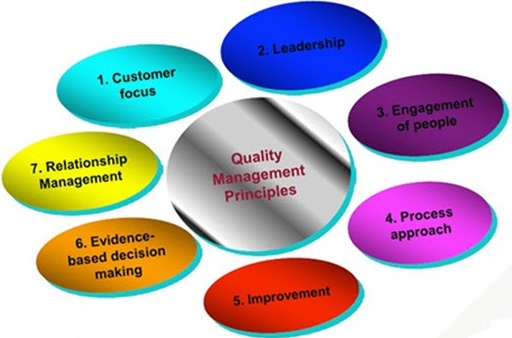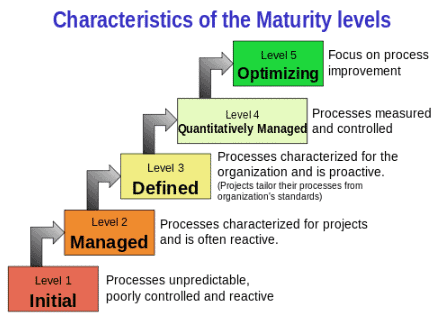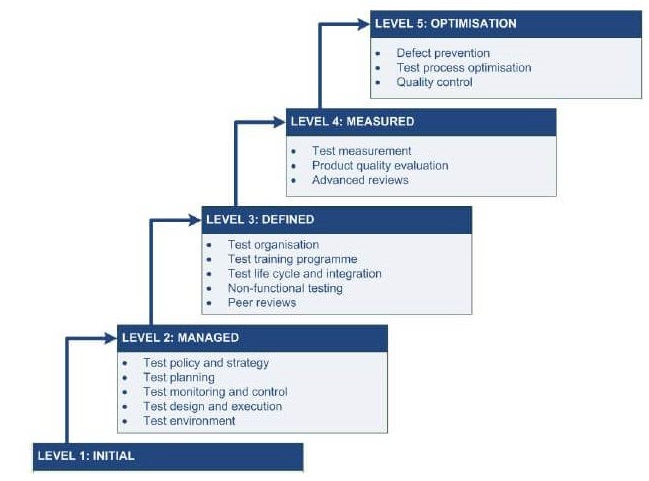1. What is Software Quality Assurance?
2. Software Quality Assurance Plan
3. SQA Activities
4. Software Quality Assurance Standards
5. Elements of Software Quality Assurance
6. SQA Techniques
7. Conclusion
1. What is Software Quality Assurance?
The process of ensuring that all software engineering procedures, techniques, tasks, and work items are tracked and adhere to the established standards is known as software quality assurance, or SQA. These specified standards could be ISO 9000, the CMMI model, ISO15504, or any combination of them.
SQA includes every step of the software development lifecycle, from requirement definition to coding to release. Ensuring quality is its main objective.
2. Software Quality Assurance Plan
The Software Quality Assurance Plan, or SQAP for short, is a collection of methods, approaches, and resources used to ensure that a product or service complies with the specifications outlined in the SRS (Software Requirement Specification).
The plan outlines the areas that require review and auditing as well as the team's SQA duties. It also indicates the work products for SQA.
The following sections make up the SQA plan document:
- Objective Citation
- Management of software configuration
- Reporting issues and taking remedial measures
- Instruments, systems, and techniques
- Code control documentation: gathering, upkeep, and preservation
- Methodology for Testing
3. SQA Activities
The list of SQA tasks is as follows:
1) Formulating a Plan for SQA Management
Developing a SQA Management plan entails outlining a project's SQA implementation strategy for the engineering tasks while making sure the appropriate personnel is assembled.
2) Establishing Checkpoints
In order to make sure that product development is proceeding as planned and meeting expectations, the SQA team establishes regular quality checkpoints.
3) Assist the Software Engineering team in obtaining requirements or take part in it
Engage in the software engineering process to collect high-caliber requirements. A designer may employ methods like interviews and FAST (Functional Analysis System Technique) to acquire data.
4) Conduct Formal Technical Reviews(FTR)
Traditionally, an FTR is used to assess the prototype's quality and design. In this procedure, a meeting with the technical personnel is held to go over the software's quality criteria and the prototype's design quality. This task lowers the amount of rework required later on in the SDLC by assisting in the early detection of defects.
5) Create a Plan for Multiple Testing
The software product can be thoroughly tested from all perspectives to assure greater quality by using several testing methods, which are employed in the multi-testing strategy.
6) Making Process Adherence Mandatory
Creating procedures and persuading cross-functional teams to adhere to established systems are the tasks involved in this activity.
This task combines the following two smaller tasks:
Process evaluation: This makes sure that the project's established guidelines are appropriately followed. The procedure is reviewed on a regular basis to ensure that it is operating as intended and to see whether any modifications are required.
Process Monitoring: In this step, metrics pertaining to the process are gathered at predetermined intervals and analyzed to see whether the process is developing as anticipated.
4. Standards for Software Quality Assurance
SQA, in particular, the software development life cycle, may demand adherence to quality standards like:
ISO 9000: Founded on seven quality management principles, this system assists businesses in making sure that their goods and services meet the expectations of their clients.
The following graphic illustrates the seven ISO 9000 principles:

CMMI level: Capability Maturity Model Integration is referred to as CMMI. Within software engineering, this concept first appeared. It can be used to oversee process improvement throughout a company, department, or project.
The following graphic describes the five CMMI levels and their attributes:

Depending on the method of assessment, an organization receives a maturity level rating (1–5) after being evaluated.
The Test Maturity paradigm Integration (TMMi) is a paradigm that focuses on software quality management and testing maturity levels. It is based on the CMMi.
The following graphic represents five TMMi levels:

5. Elements of Software Quality Assurance
10 crucial components of SQA are mentioned below for your reference:
5.1. Software Engineering Standards: To make sure we follow the aforementioned guidelines for software engineering teams, SQA teams are essential.
5.2. Technical Reviews and Audits: At each step of the SDLC, active and passive verification/validation methods are used.
5.3. Software testing for quality control involves looking for defects in the program.
5.4. Error Collection and Analysis: Reporting, monitoring, and analysis of defects to pinpoint issue areas and patterns of failure.
5.5. Metrics and Measurement: To obtain data regarding the efficiency and caliber of the processes and product, SQA uses a range of tests and measurements.
5.6. Change management: Activistically promote controlled change and offer robust procedures that prevent unintended negative consequences.
5.7. Vendor Management: To guarantee everyone's success, collaborate with tool suppliers and contractors.
5.8. Safety and Security Management: One of SQA's main responsibilities is to find vulnerabilities and alert people to them in advance.
5.9. Risk Management: To support well-informed decision making, the SQA teams lead the efforts in risk identification, analysis, and mitigation.
5.10. Education: Ongoing education is necessary to stay up to date with industry trends, standards, and tools.
6. SQA Techniques
SQA Methods consist of:
Auditing is the practice of examining work products and the data associated with them to ascertain whether or not a set of standard procedures were followed.
Reviewing: A gathering where internal and external stakeholders assess the software product in order to get feedback and approval.
The most formal type of review is called code inspection, which uses static testing to identify errors and prevent defects from leaking into subsequent phases. It follows guidelines, checklists, entry and exit requirements, and is carried out by a peer or mediator with training. The code creator shouldn't be the reviewer.
Design Inspection: Using a checklist, design inspection examines the following aspects of software design:
- General specifications and layout
- Specifications for functions and interfaces
- Conventions
- Traceability of requirements
- Interfaces and Structures
- Logic Performance Error correction and restoration
- Extension and testability
- Relationships and unity
A simulation is a tool used to realistically investigate the behavior of a system under study by simulating a real-life scenario. Simulators are excellent substitutes for sandbox systems when direct testing of the real system is not possible.
Functional testing is a QA method that confirms the functionality of the system without taking into account how it operates. The primary goal of black box testing is to evaluate the features or specifications of the system.
Standardization: An essential component of quality assurance is standardization. This ensures quality by reducing uncertainty and guesswork.
Static analysis is a type of software analysis carried out automatically by a tool without running the application. Among the most often used types of static analysis are software metrics and reverse engineering. Static code analysis technologies like SonarCube, VeraCode, etc. are employed in the more recent teams.
Tours: A software walkthrough, also known as a code walkthrough, is a peer review process in which a developer leads the development team members as they examine the product, ask questions, offer suggestions, and provide feedback on any potential flaws, standard violations, or other concerns.
7. Conclusion
SQA is a broad term for a variety of activities entwined with the software development lifecycle. For your software product or service to be successful in the market and meet consumer expectations, software quality assurance is essential.
